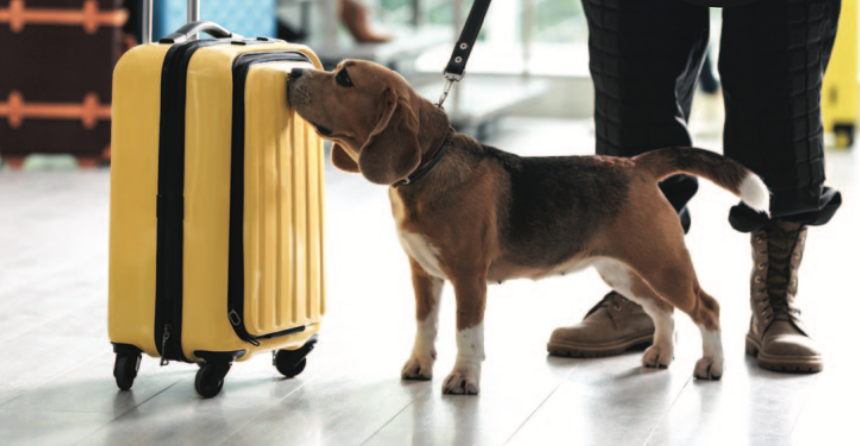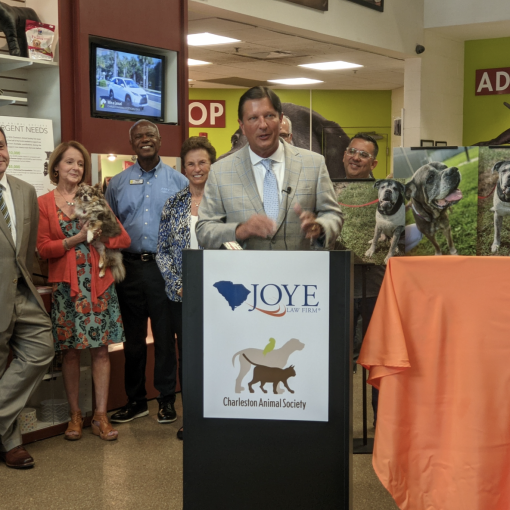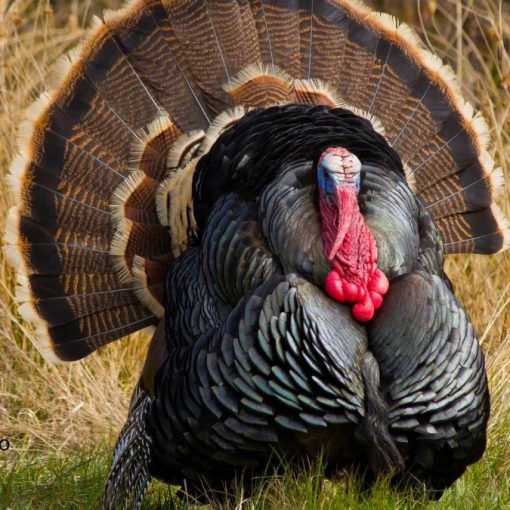How dogs are helping in the pandemic fight
By DAN KROSSE
CAN DOGS SMELL COVID-19? PEOPLE around the world are anxiously awaiting research results from a study at the University of Pennsylvania’s School of Veterinary Medicine (Penn Vet).
Since April, researchers there have been taking samples from volunteers who are COVID negative and positive and then testing the canines to see if they can sniff out the virus.
THE POWER OF A DOG’S NOSE
With up to 300 million smell receptors – compared to six million in humans – dogs are uniquely positioned to aid in disease detection. Researchers say it’s as if dogs can “smell in color.”
According to Penn Vet, this pioneering study – that will explore the sensitivity and specificity of scent – sets the stage for dogs to be used in hospitals, businesses and airports to help detect COVID-19.
Penn Vet initially began the study with eight dogs to perform this precise detection work. Over the course of three weeks through a process called odor imprinting, the dogs will be exposed to COVID-19 positive saliva and urine samples in a laboratory setting.
Once the dogs learn the odor, the investigators will document that the dogs can discriminate between COVID-19 positive and COVID-19 negative samples in a laboratory setting, establishing the platform for testing to determine if the dogs can identify COVID-19 infected people.
The U.S. Army Combat Capabilities Development Command Chemical Biological Center will be lending their expertise during the study as well.
“Scent detection dogs can accurately detect low concentrations of volatile organic compounds, otherwise known as VOCs, associated with various diseases such as ovarian cancer, bacterial infections, and nasal tumors. These VOCs are present in human blood, saliva, urine or breath,” said the Director of Penn Vet’s Working Dog Center Cynthia Otto, DVM, PhD.
The potential impact of these dogs and their capacity to detect COVID-19 could be substantial. According to Otto, “This study will harness the dog’s extraordinary ability to support the nation’s COVID-19 surveillance systems, with the goal of reducing community spread.”
Results of the Penn Vet research aren’t yet published and will go through a peer- review process.
TRAINING A DOG’S NOSE
There are different ways to train a dog’s nose to detect specific odors like explosives, drugs and even disease.
One method is to use toys. For example, researchers might put marijuana in one of four toys and when the dog signals he smells the toy with the pot (by sitting or barking), he or she is rewarded.
Another option is a “scent wheel,” where different odors are randomly put into the capsule at the end of each spoke of the wheel. The dog walks around the wheel sniffing and when he or she finds the desired scent and sits or barks, researchers know they’re making progress.
From there, more advanced training occurs in real-life settings.
OTHER STUDIES: EXCITING RESULTS
Similar studies are taking place around the world, including in Germany, the United Arab Emirates, Finland and Lebanon. Nature Magazine reports that a researcher in Lebanon had dogs screen 1,680 passengers at the Beirut airport and found 158 COVID- 19 cases that were confirmed by PCR tests. The animals correctly identified negative results with 100% accuracy, and correctly detected 92% of positive cases, according to unpublished results. Science is on the side of the dog’s nose
being successful. Past research has shown dogs had the ability to smell some cancers and malaria. As for COVID-19? The published studies may be out later this year.





